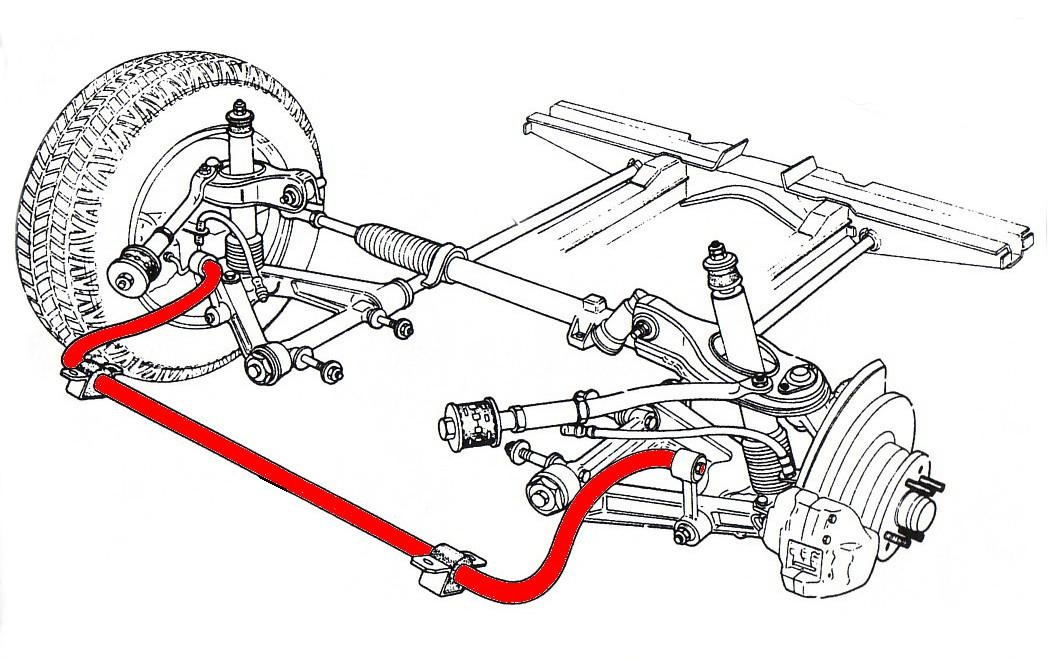Stabilizer bar – an underrated suspension component
The stabilizer bar is a vehicle suspension component that connects the moving parts of the chassis to the body. Many vehicles are equipped with a stabilizer bar for the front and some also for the rear suspension.
The stabilizer has been installed in passenger cars for many years, and its design remains virtually unchanged. Although this element has a huge impact on driving safety and comfort, few drivers are aware of its existence and function.
Without the stabilizer, the car would have a tendency to roll over while cornering, and at the same time, when driving straight. The comfort of the car would deteriorate significantly. As a rule, the symptom of damage to the stabilizer and its components is loud knocks coming from around the suspension. The cost of repairing a damaged or worn stabilizer is usually small. This is due to the relatively low cost of materials and relatively simple replacement. But be warned: If the stabilizer is damaged, do not contiune to use the car. Then the risk of excessive, uncontrolled body leaning while driving and even loss of control of the vehicle increases, which, in extreme cases, can end up with a rollover.

Design and function
The suspension stabilization system consists of several components, such as stabilizer links or bushings, for example.
The stabilizer bar is usually attached to the subframe with rubber bushings. Stabilizer links attach the stabilizer to the suspension columns, possibly to the control arms. The special ball joints of the stabilizer links provide the required freedom of movement and allow the stabilizer bar to operate smoothly.
If one wheel swings, i.e., there is a rebound, the torsional moment of the stabilizer bar ensures that the other wheel is lifted as well. The same happens when one of the wheels is knocked off. This prevents excessive lateral tilt of the body during cornering.
If both wheels swing at the same time, the stabilizer bar does not work.
Fault symptoms
If the stabilizer components are worn or damaged, distinct knocks can be heard from around the suspension when driving over bumps in the road. Most often their source is worn bushings or damaged pins of the stabilizer ball links.
If the bushings have worn out, unwanted play appears at the point of interaction with the stabilizer bar. When the suspension moves, the stabilizer bar moves loosely in the bushings, giving out characteristic knocks. In a common type of stabilizer link, there are spherical joints protected by a rubber boot from water and the elements. The inside of the joint socket is filled with grease to reduce friction. Often, however, there is damage to the rubber casing or loss of tightness.
This allows water to enter, which accelerates wear. As a result, there is considerable play on the ball joint, which is the source of the aforementioned noises.
When replacing the stabilizer link, always remember the correct tightening torque. Otherwise, the ball joint may be damaged, wear out prematurely, or even break off.













